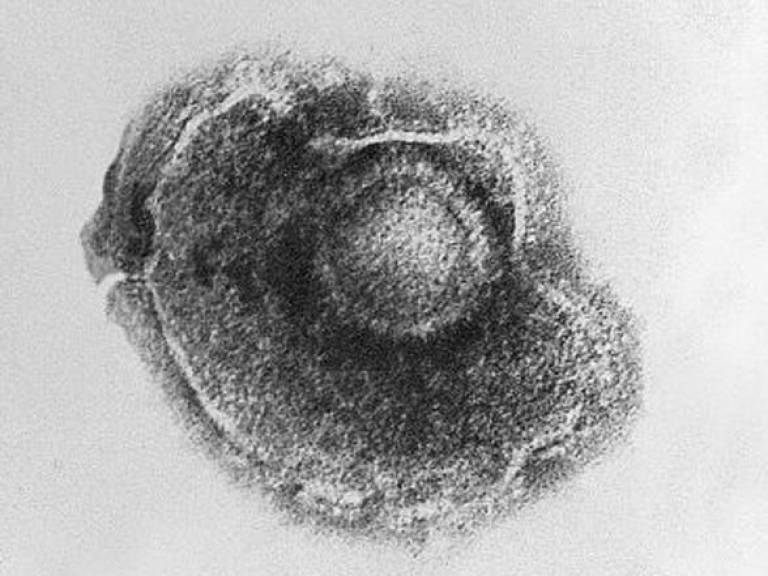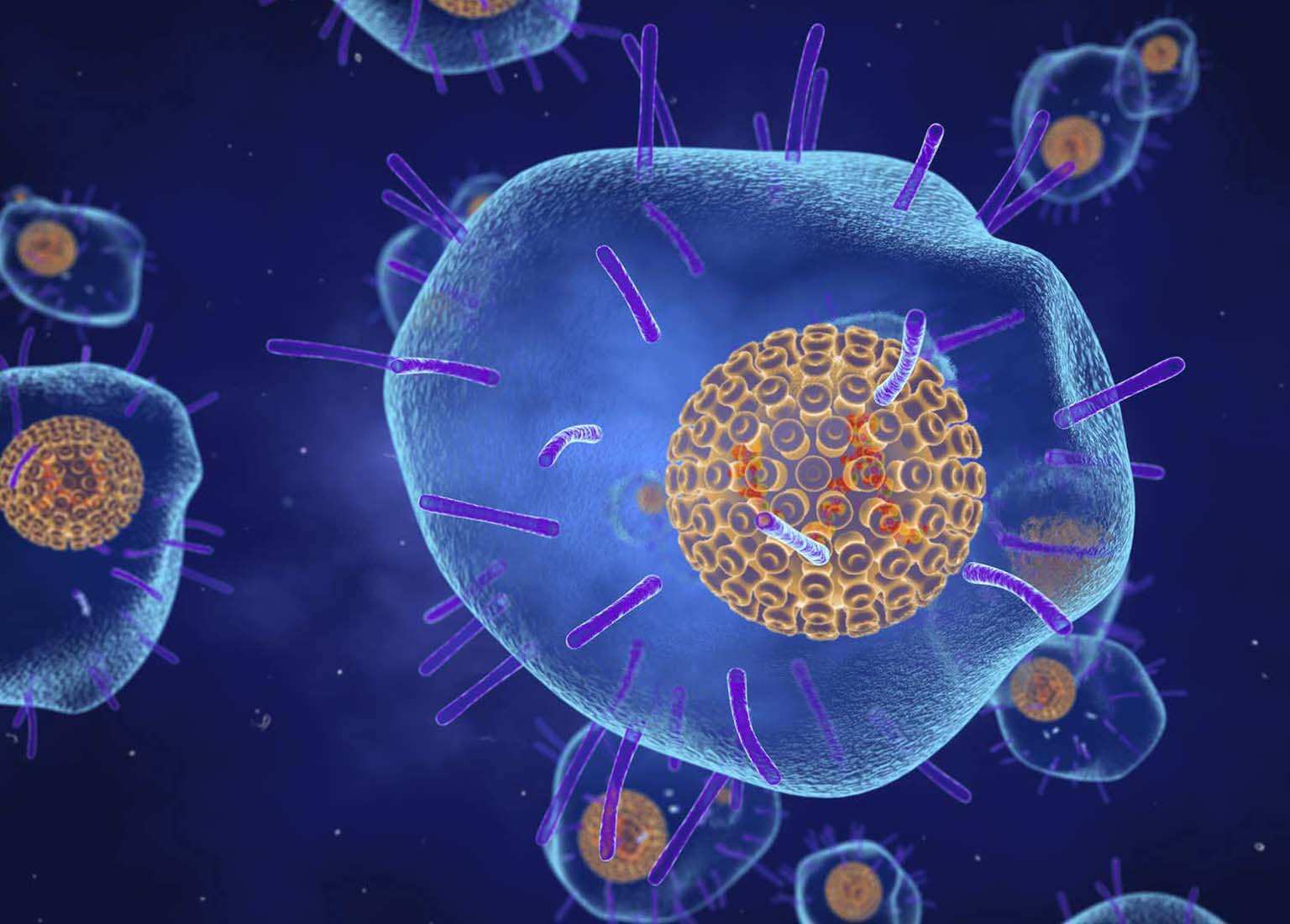Understanding the history of a virus helps us appreciate the scientific advancements in medicine. Let's delve into who discovered the Varicella Zoster Virus (VZV), the cause of chickenpox and shingles.
What is the Varicella Zoster Virus?
VZV is a highly contagious virus belonging to the herpesvirus family. It causes two distinct diseases: chickenpox (varicella), primarily in children, and shingles (herpes zoster), mainly in adults. Understanding its nature and origins is important.
Chickenpox manifests as a widespread itchy rash with small, fluid-filled blisters. Shingles, on the other hand, presents as a painful rash with blisters, typically on one side of the body. Shingles occurs when the VZV, which has been dormant in nerve cells since a childhood chickenpox infection, reactivates.
The virus remains inactive in the body after the initial chickenpox infection. It resides in the dorsal root ganglia, clusters of nerve cells near the spinal cord. Reactivation can be triggered by weakened immunity, stress, or other factors.
Unraveling the Discovery
Pinpointing the *exact* moment and person who "discovered" VZV is a bit complex. The understanding of chickenpox and shingles evolved over time, involving contributions from several researchers. Let's look at the key players and milestones.
Early Observations and Differentiation
Historically, chickenpox was often confused with other blistering diseases, like smallpox. It took time to distinguish them as separate entities. This differentiation was a critical first step.
In the 18th century, physicians began to recognize clinical differences between chickenpox and smallpox. Although they didn't yet know the causative agents were different viruses, their observations were important. These observations started to change the treatment of these diseases.
By the late 19th century, chickenpox was generally accepted as a distinct disease. However, the specific cause remained a mystery.
The Connection Between Chickenpox and Shingles
A crucial breakthrough came with the recognition of the link between chickenpox and shingles. This connection wasn't immediately obvious.
Italian dermatologist Giovanni Bonomo in the late 17th century, made observations about scabies. He suggested that the disease was caused by mites and could be transmitted from person to person. This was an early application of the germ theory to skin conditions. The understanding of how diseases developed was increasing.
In the late 19th and early 20th centuries, researchers started to suspect that chickenpox and shingles might be related. They noticed that shingles sometimes occurred after a person had chickenpox, or after contact with someone who had chickenpox.
Proof of the Viral Etiology
The definitive proof that chickenpox and shingles were caused by the same virus came later, thanks to advances in virology. Key experiments played a vital role in identifying the virus.
In the early 20th century, scientists developed techniques to culture viruses in the laboratory. This allowed them to isolate and study viruses more effectively. This was a massive turning point for virology.
Thomas Huckle Weller and Ernest William Goodpasture are generally credited with isolating and propagating the Varicella Zoster Virus in cell cultures in the 1950s. This achievement was a major step forward in understanding the virus and developing vaccines.
The Contributions of Weller and Goodpasture
Thomas Huckle Weller and Ernest William Goodpasture's work was pivotal. Their ability to grow the virus in a lab allowed for further investigation.
Weller and Goodpasture successfully cultivated the VZV in human embryonic cells. This cultivation allowed scientists to study the virus in detail, analyze its properties, and develop diagnostic tests. They were able to see how the virus developed.
This breakthrough ultimately led to the development of the chickenpox vaccine. It drastically reduced the incidence of chickenpox worldwide and indirectly lowered the risk of shingles in vaccinated individuals.
Impact and Applications
The discovery and isolation of VZV have had a profound impact on public health. It has led to significant advancements in prevention and treatment.
The varicella vaccine, developed based on Weller and Goodpasture’s research, is highly effective in preventing chickenpox. This vaccine has become a routine childhood immunization in many countries.
Antiviral medications, such as acyclovir, are available to treat both chickenpox and shingles. These drugs can reduce the severity and duration of the illness. They're very important for people with weakened immune systems.
In Conclusion
While the understanding of chickenpox and shingles evolved over time, the isolation and propagation of the Varicella Zoster Virus by Thomas Huckle Weller and Ernest William Goodpasture in the 1950s was a crucial turning point. Their work paved the way for effective vaccines and antiviral treatments. They helped to change the lives of many people.
Scientific discoveries are rarely the work of a single individual. They often involve a series of contributions from many researchers over many years. Recognizing these contributions is important for appreciating the complexity of scientific progress.
The story of VZV's discovery underscores the power of scientific inquiry and the importance of continued research in combating infectious diseases. As our understanding of viruses evolves, we become better equipped to protect ourselves and our communities.

